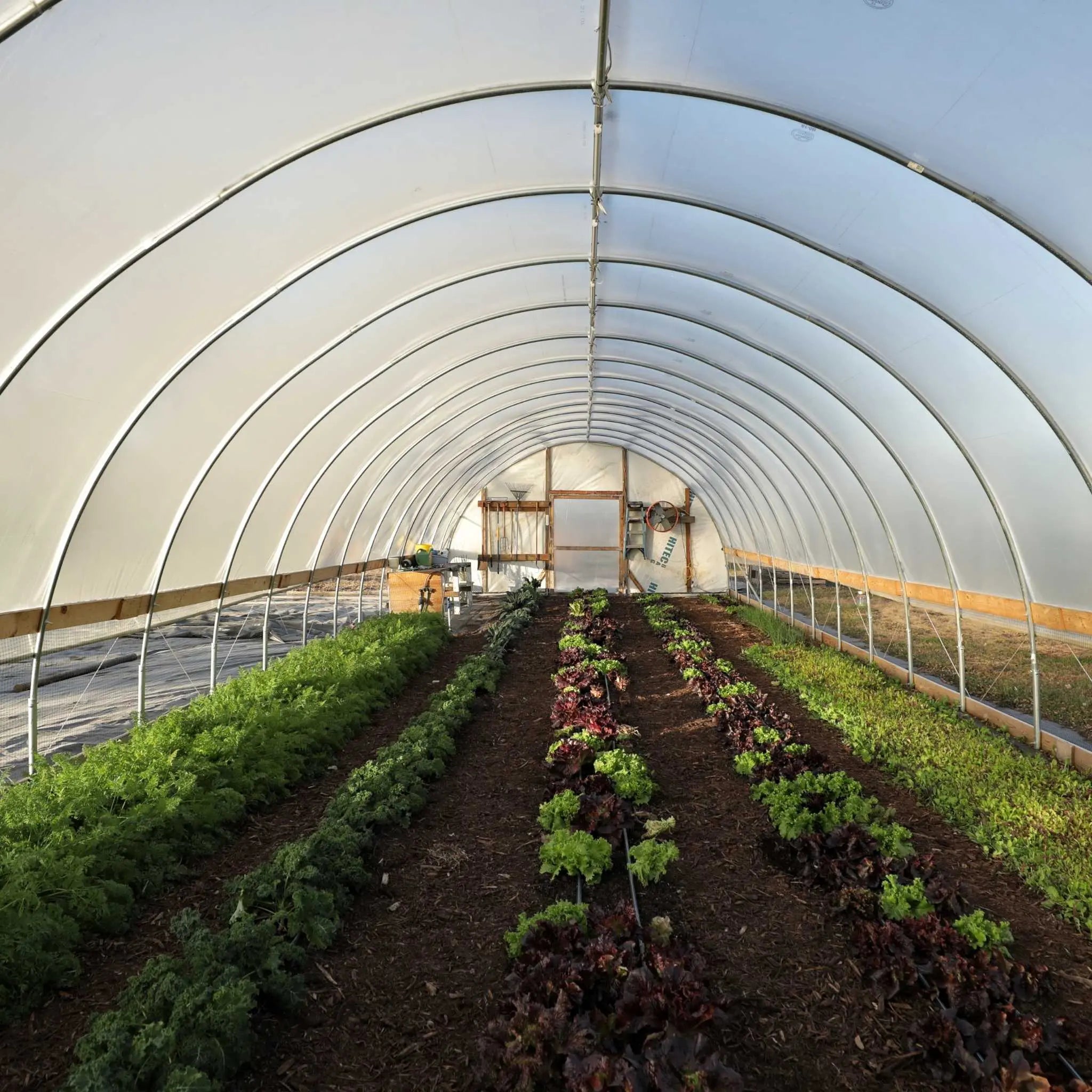Shedding Light on Quality: Monarch Greenhouse Sheds Utah Exceptional Layouts
Wiki Article
The Future of Greenhouses: Technologies in Lasting Farming
Are you interested about the future of greenhouses and just how they are transforming lasting farming? Look no further! In this short article, we will certainly check out the amazing advancements that are paving the way for a greener and extra reliable farming industry. From sophisticated climate control systems to vertical farming techniques, water-efficient watering approaches, renewable resource combination, and smart information analytics, these developments are transforming the method we expand our food. Prepare yourself to discover the future of sustainable farming in greenhouses!Advanced Environment Control Solution
To attain optimum expanding problems, you can depend on the innovations in greenhouses with innovative climate control systems. These systems have changed the method we grow plants, supplying a controlled atmosphere that contributes to plant development. With these innovative systems, you can currently control temperature level, moisture, light degrees, and also CO2 focus to produce the excellent problems for your plants to flourish.One of the essential features of these sophisticated climate control systems is their ability to regulate temperature. By utilizing sensors and automated controls, the greenhouse can change the temperature level based upon the particular needs of the plants. This ensures that they are never revealed to extreme heat or cool, which can be harmful to their development.
Moisture control is an additional critical facet of these systems. By preserving the perfect humidity degrees, you can protect against issues such as mold and mildew, mildew, and condition from impacting your crops. These systems can additionally regulate the quantity of light that gets to the plants, making sure that they obtain the ideal amount for photosynthesis.
In addition, progressed environment control systems can even control CO2 focus. By enhancing the degrees of carbon dioxide in the greenhouse, you can enhance plant development and efficiency. This is specifically beneficial in locations with low all-natural carbon dioxide degrees.
Vertical Farming Strategies
One vital vertical farming technique is making use of piled growing systems. Piled expanding systems are commonly used in metropolitan areas where room is restricted.One popular approach is referred to as vertical hydroponics, where plants are grown in nutrient-rich water without soil. This technique is extremely effective as it lowers water usage by as much as 90% contrasted to typical farming approaches. Additionally, considering that the plants are grown inside, they are secured from illness and pests, reducing the need for pesticides.
One more strategy is aeroponics, which entails suspending the plant origins in a mist or air setting. This technique enables optimum nutrient absorption and oxygenation, leading to faster development and greater yields. Aeroponics likewise uses less water than typical farming and can be executed in vertical systems, making it a popular selection for upright farming.
Water-efficient Watering Approaches
When it comes to carrying out water-efficient irrigation approaches in sustainable agriculture,Taking full advantage of water preservation is essential. With international water shortage coming to be a pressing problem, it is vital to develop ingenious techniques that maximize water use in greenhouse procedures.One appealing technique is drip watering, which delivers water directly to the plant roots, minimizing waste and evaporation. By using a network of tubes with small emitters, water is applied slowly and precisely, making sure that plants obtain the essential dampness without excess drainage.
An additional efficient method is the use of dirt dampness sensing units. These devices gauge the wetness web content in the soil and provide real-time data to farmers. By keeping visit this website track of the soil's wetness discover this info here levels, farmers can precisely establish when and exactly how much water to use, preventing over-irrigation.
In addition, the application of rainwater harvesting systems is obtaining appeal in greenhouse farming. Collecting rainwater from roofs and keeping it in containers enables farmers to utilize this natural deposit for irrigation purposes, reducing reliance on typical water resources.
Finally, the adoption of automated watering systems can significantly boost water performance. These systems make use of sensors to spot dirt moisture degrees and weather, adjusting irrigation timetables appropriately. By enhancing water usage based upon real plant requirements, these systems can lower water waste and advertise sustainable farming practices.
Renewable Resource Assimilation
Sustainable power integration in greenhouses provides several advantages, including minimized operating expenses and lowered dependence on non-renewable energy sources. The generated power can then be made use of to run numerous procedures within the greenhouse, such as heating, air flow, and lighting systems. These turbines harness wind power and transform it into electrical energy, which can be made use of to supplement the power demands of the greenhouse.Smart Data Analytics and Automation
To boost the performance of your greenhouse operations and enhance resource application, take into consideration applying clever data analytics and automation. Smart information analytics entails collecting and evaluating data from different sensing units and tools within your greenhouse.
Your Domain Name This can consist of automating the control of illumination, air flow, watering systems, and nutrient delivery. By automating these procedures, you can make sure that your plants receive the best conditions and nutrients at the ideal time, without the demand for consistent manual treatment.
Furthermore, smart data analytics and automation can work with each other synergistically. The information accumulated by sensors can be used to notify automated systems, allowing them to make real-time modifications based on the existing conditions. This assimilation of information analytics and automation can lead to extra reliable and exact source allowance, ultimately resulting in greater returns and better crop quality.
Conclusion
In verdict, the future of greenhouses in sustainable farming looks appealing. With advanced environment control systems, vertical farming strategies, water-efficient watering techniques, and sustainable energy assimilation, greenhouses are ending up being a lot more eco friendly and reliable.
By maximizing water use based on actual plant demands, these systems can minimize water waste and promote lasting farming methods.

Report this wiki page